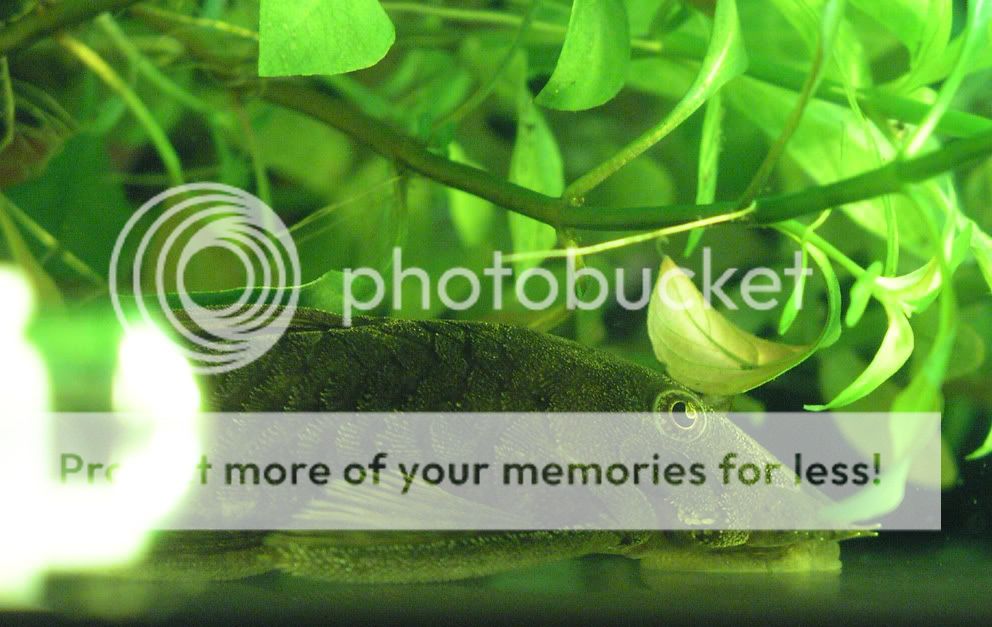benzonar
Fish Crazy
I bought a pair of Bristlenose today, the label on the tank said Ancistrus Tamboensis.
However after having got home and looked them up at Planet Catfish I am now not sure what they are.
Wonder if anyone could help me ID them.
The female

The male

However after having got home and looked them up at Planet Catfish I am now not sure what they are.
Wonder if anyone could help me ID them.
The female

The male


 /www.fishprofiles.com/files/profiles/triradiatusbn.xml
/www.fishprofiles.com/files/profiles/triradiatusbn.xml